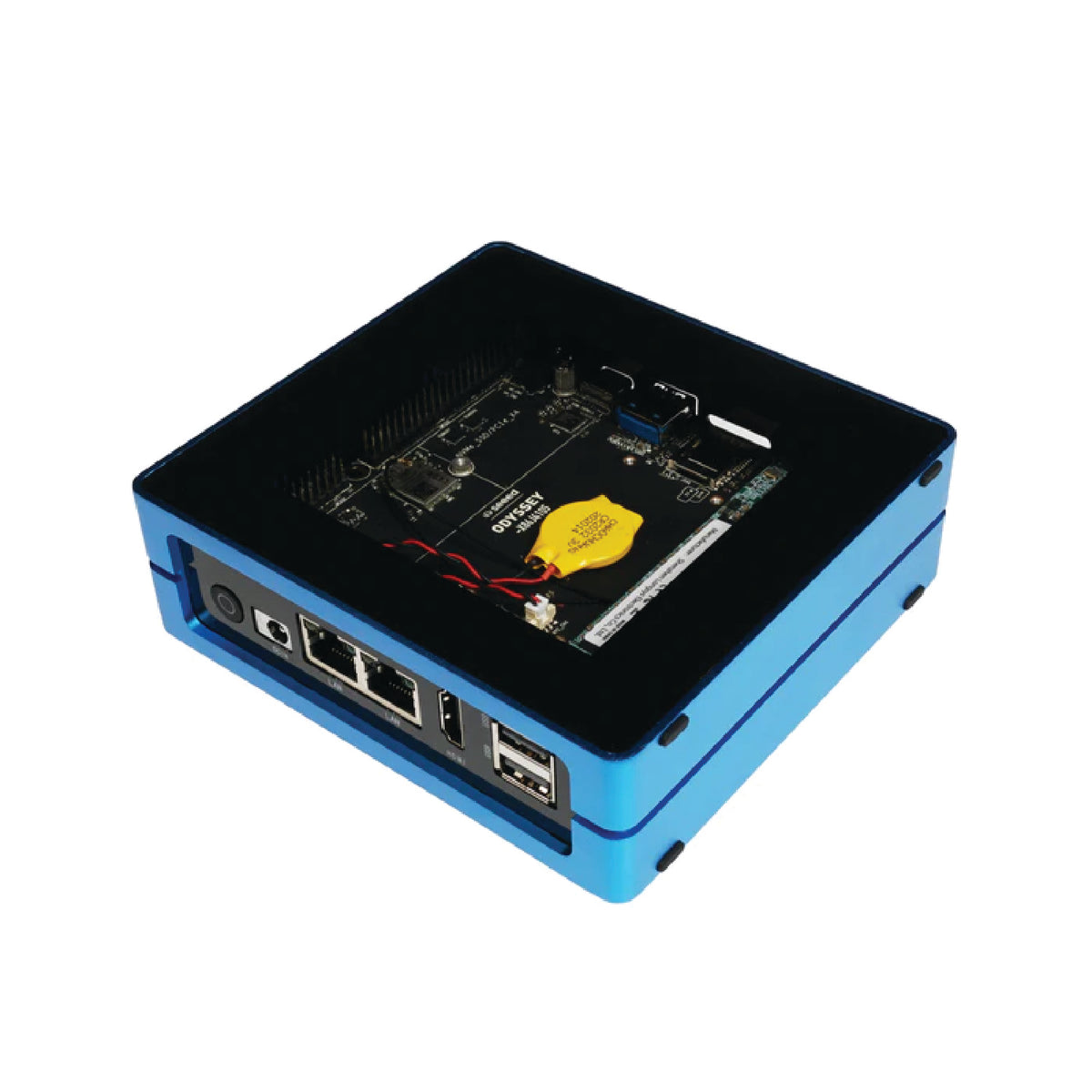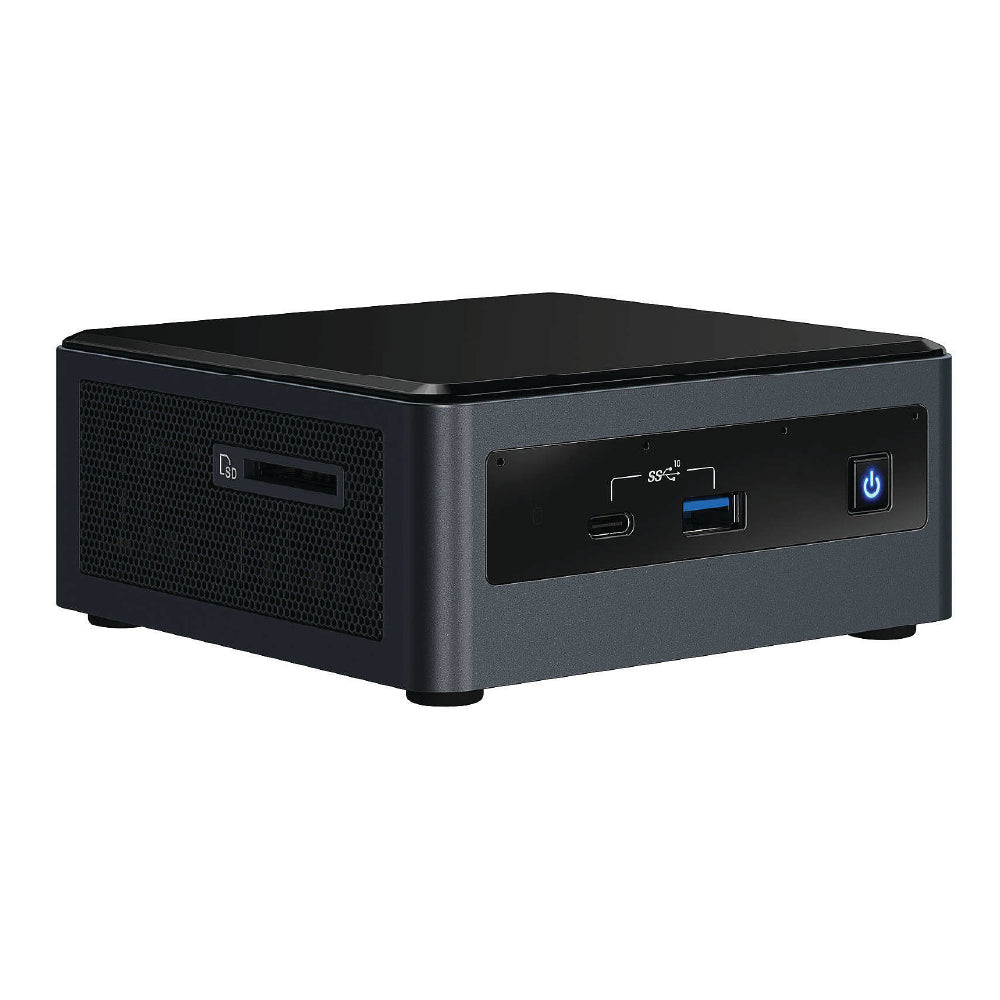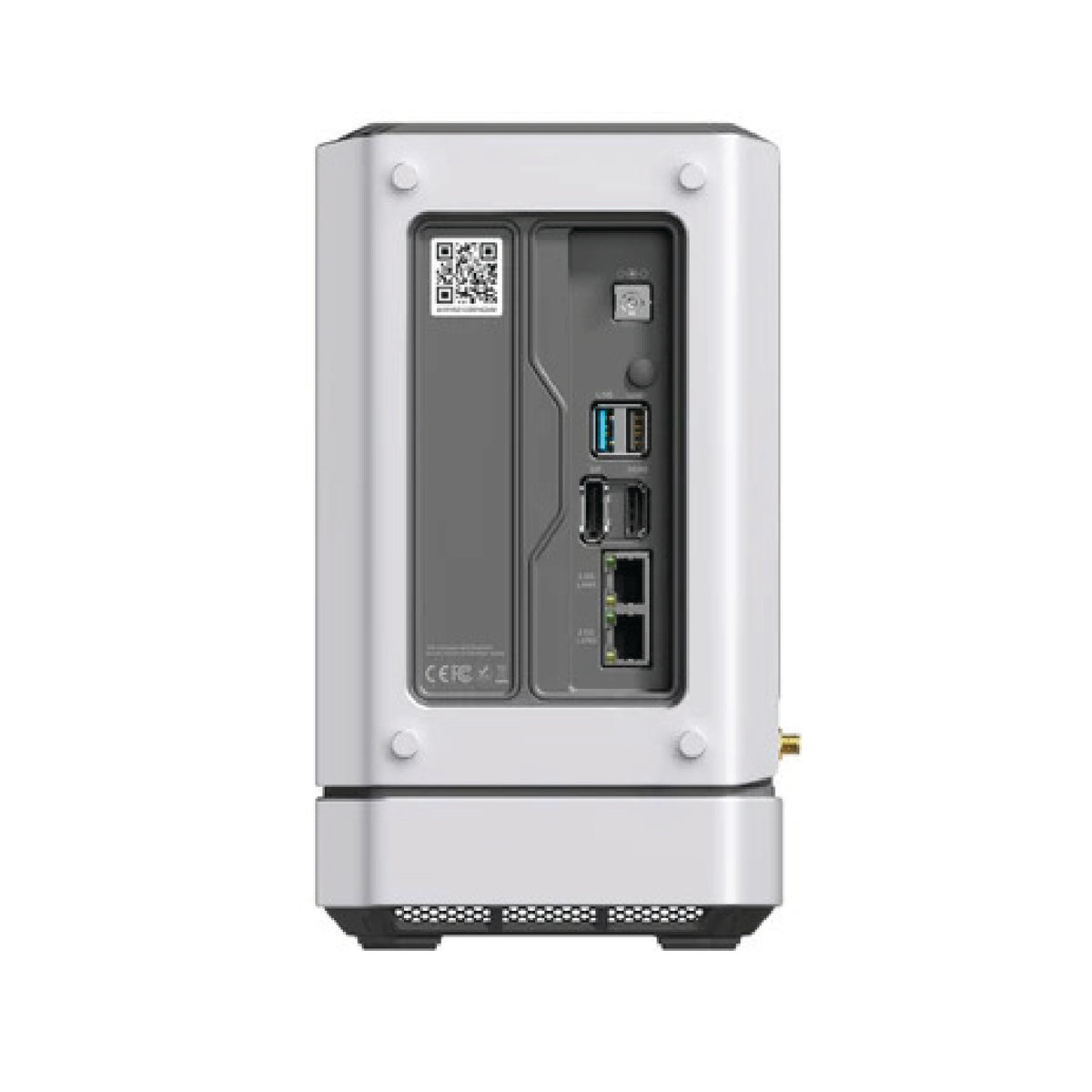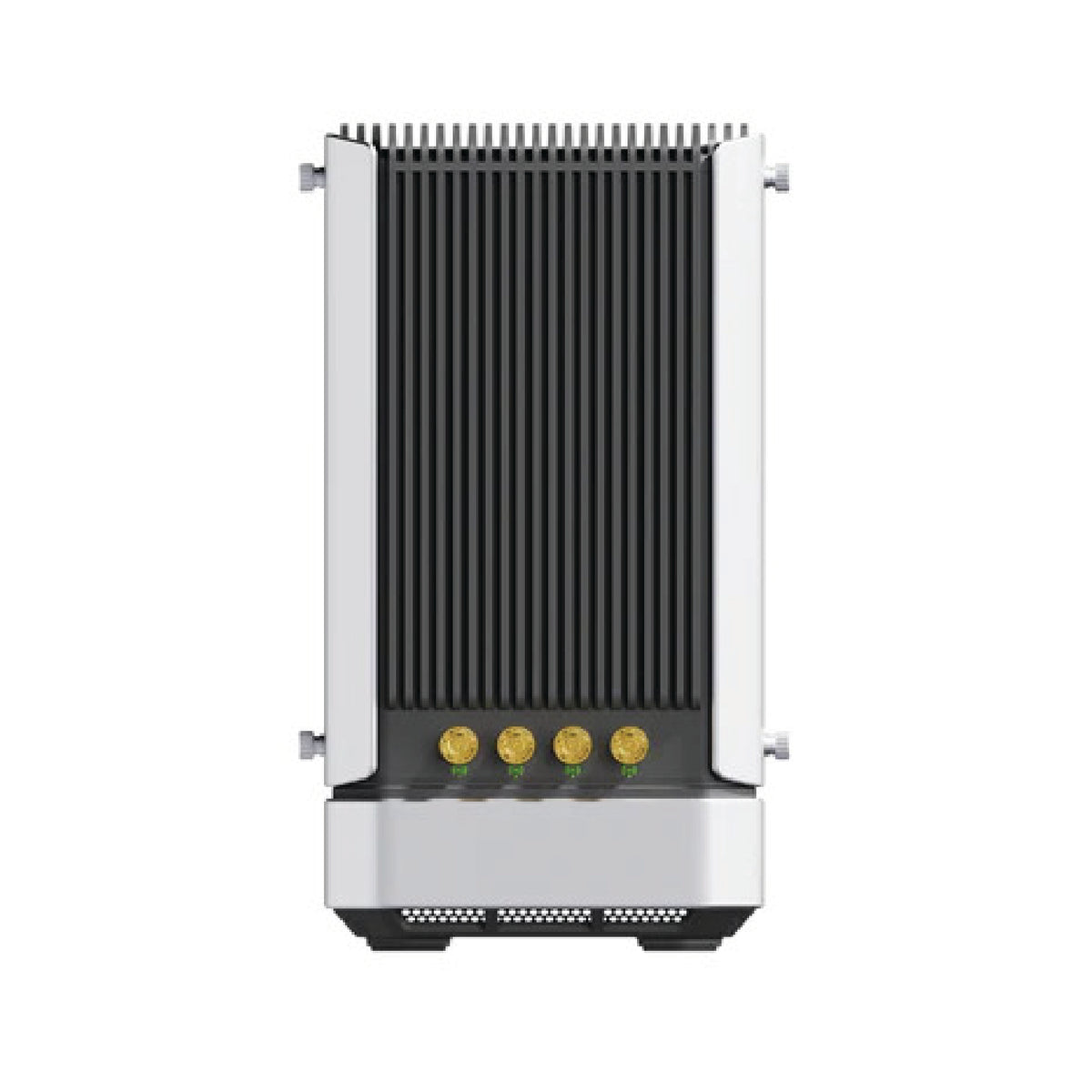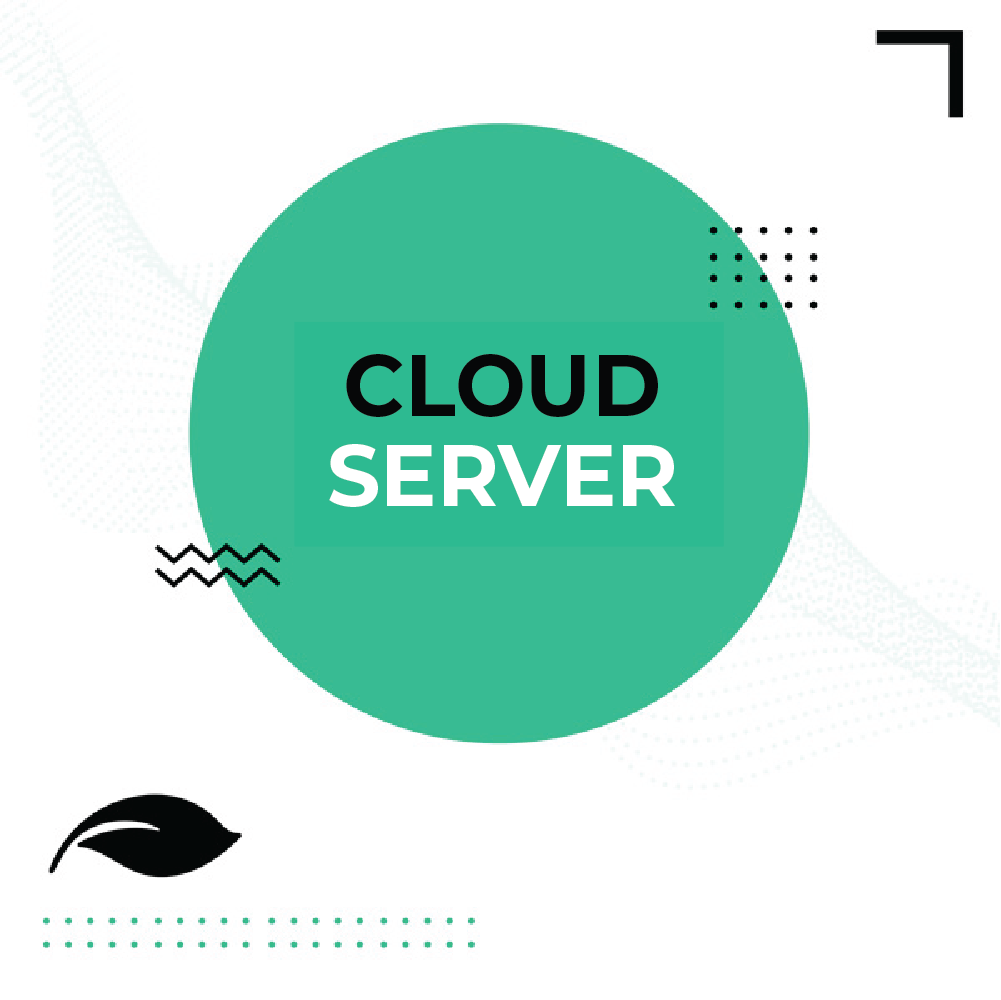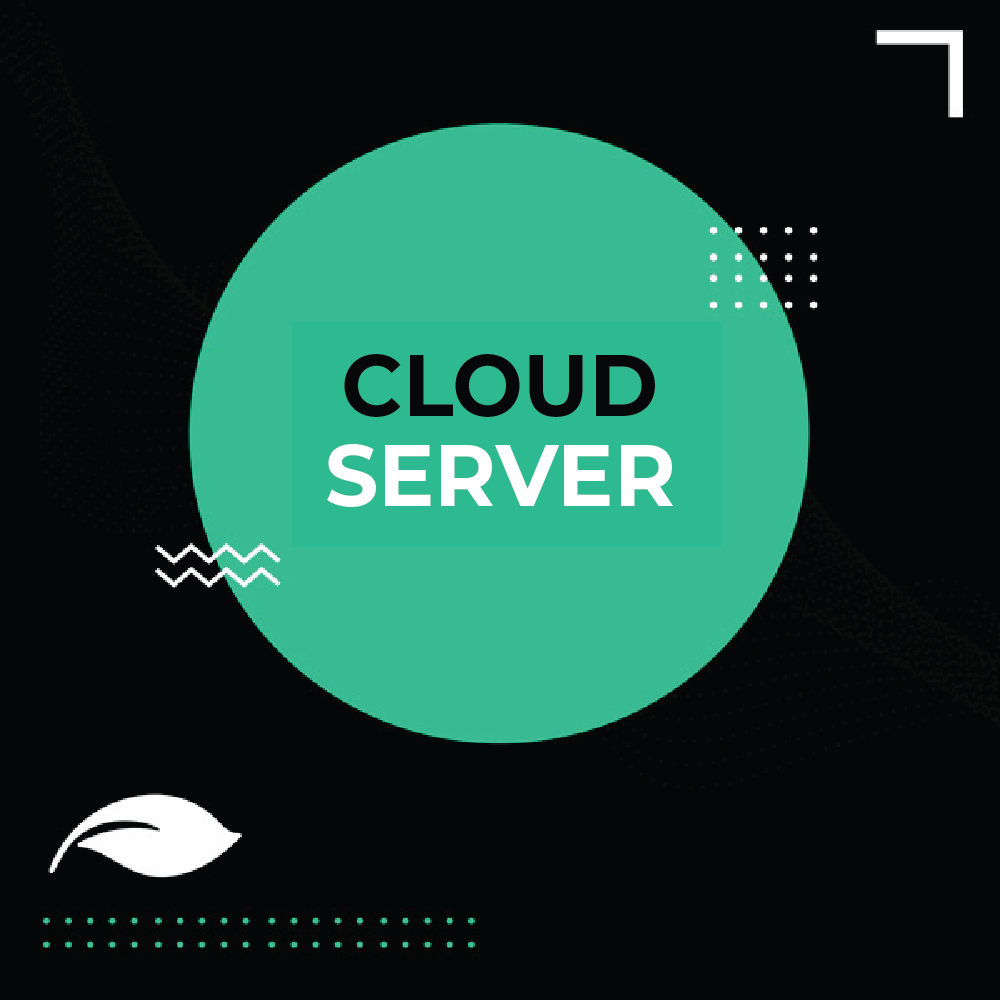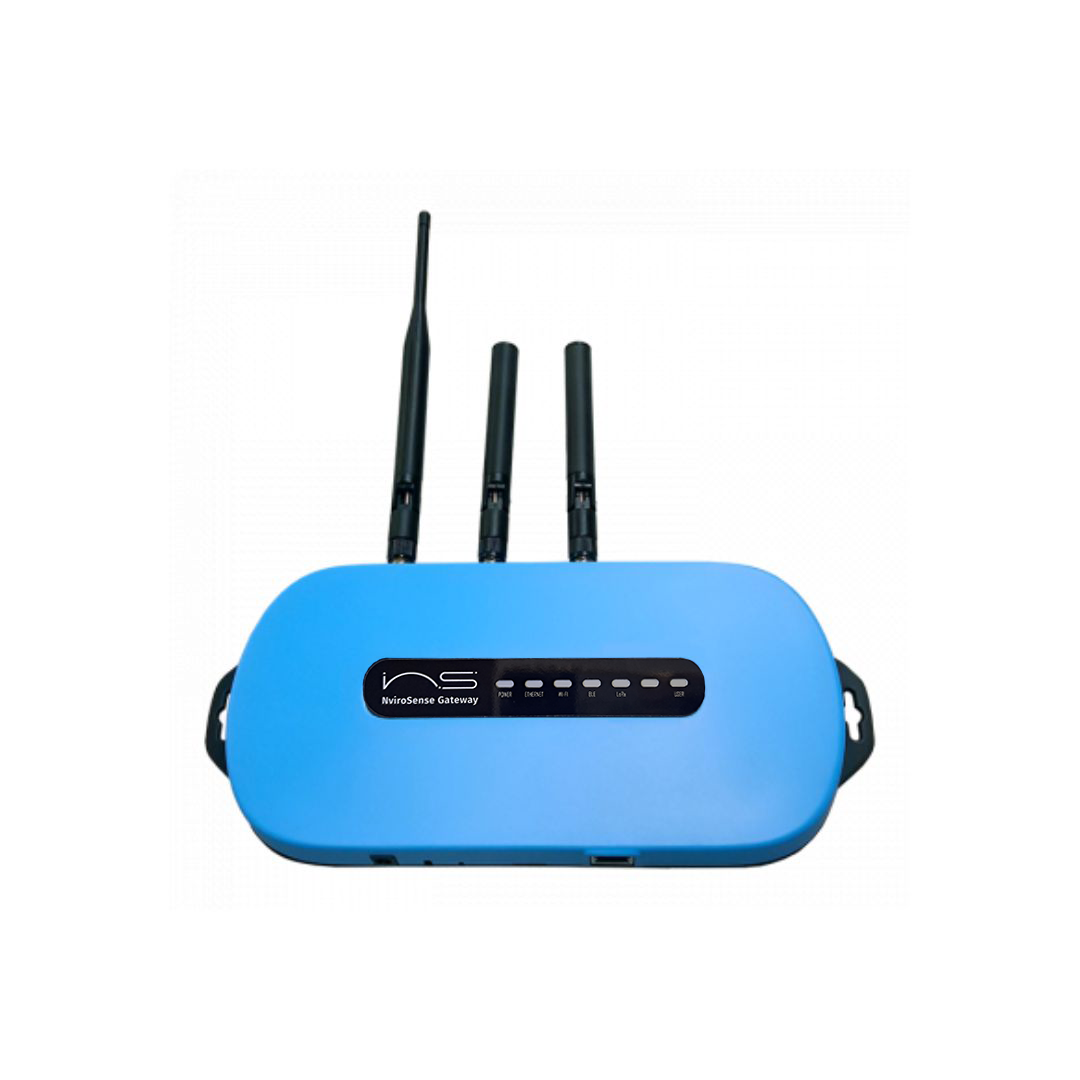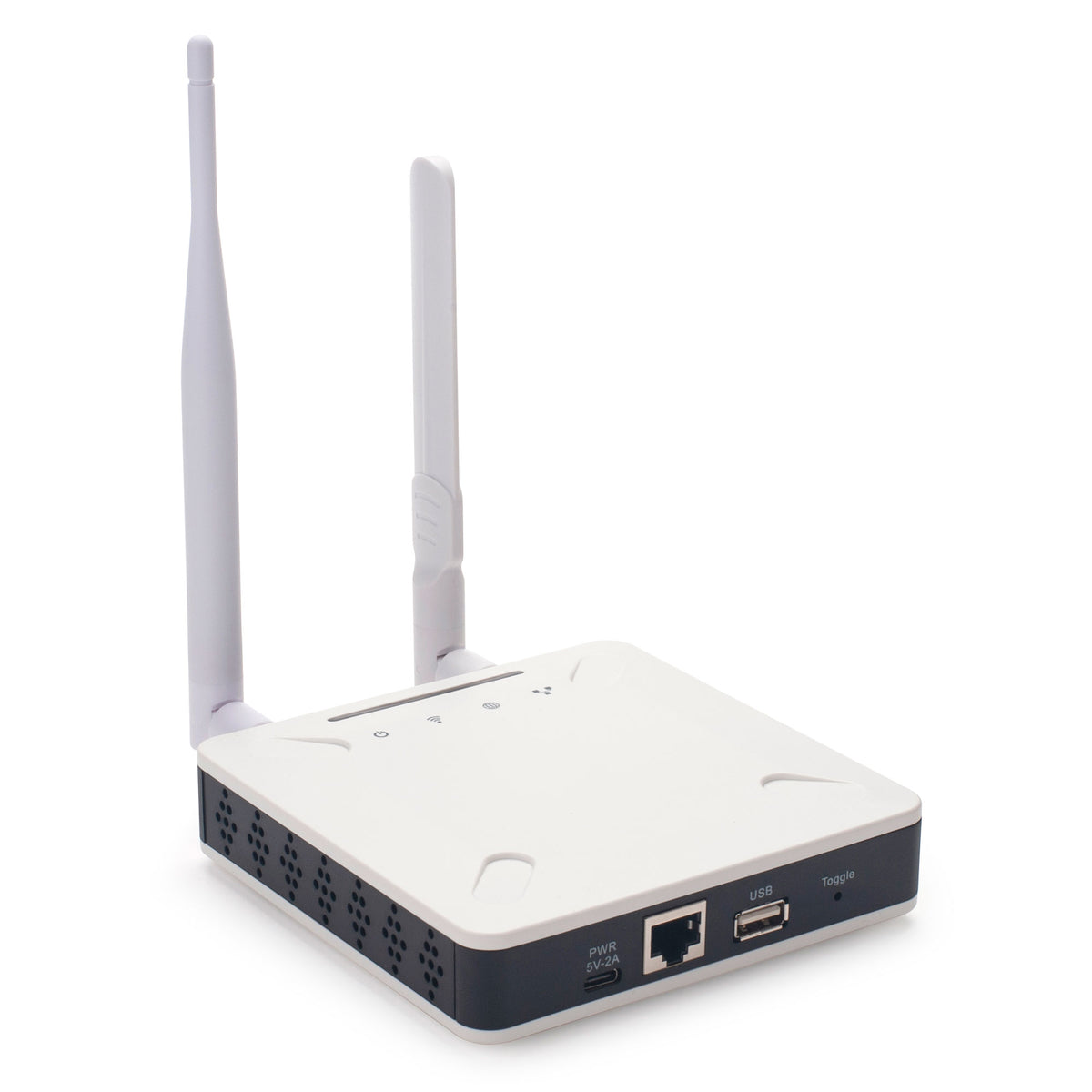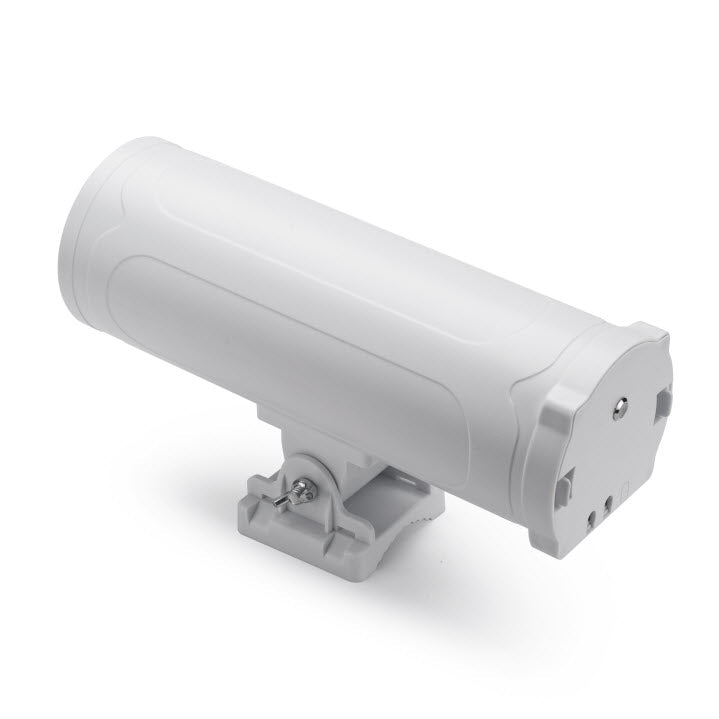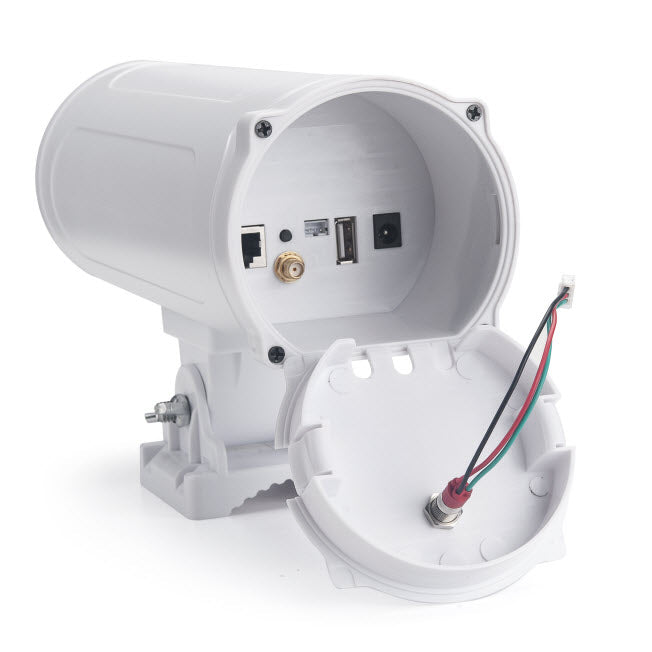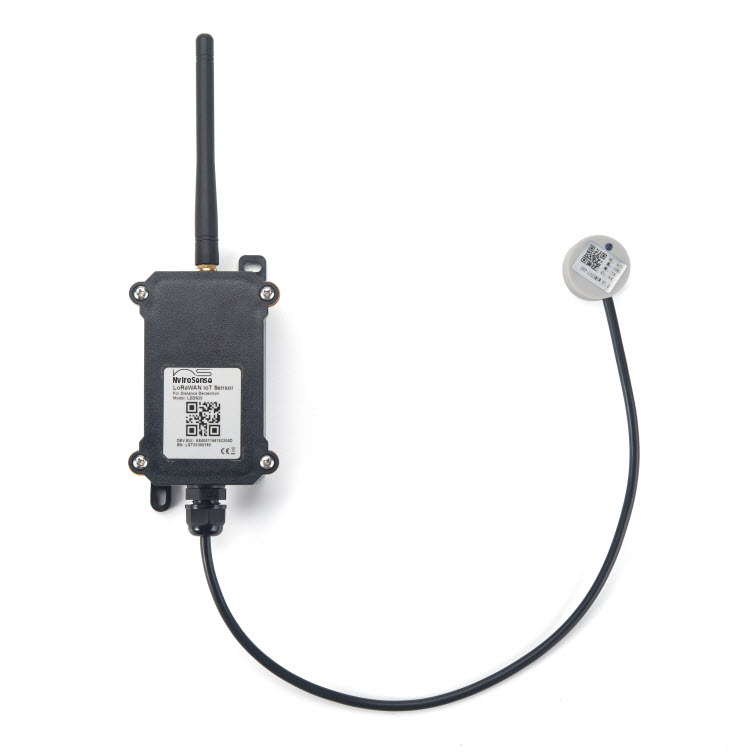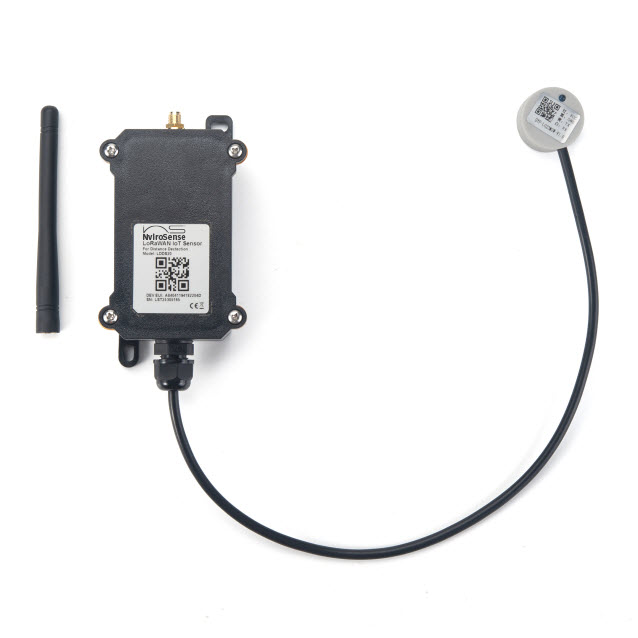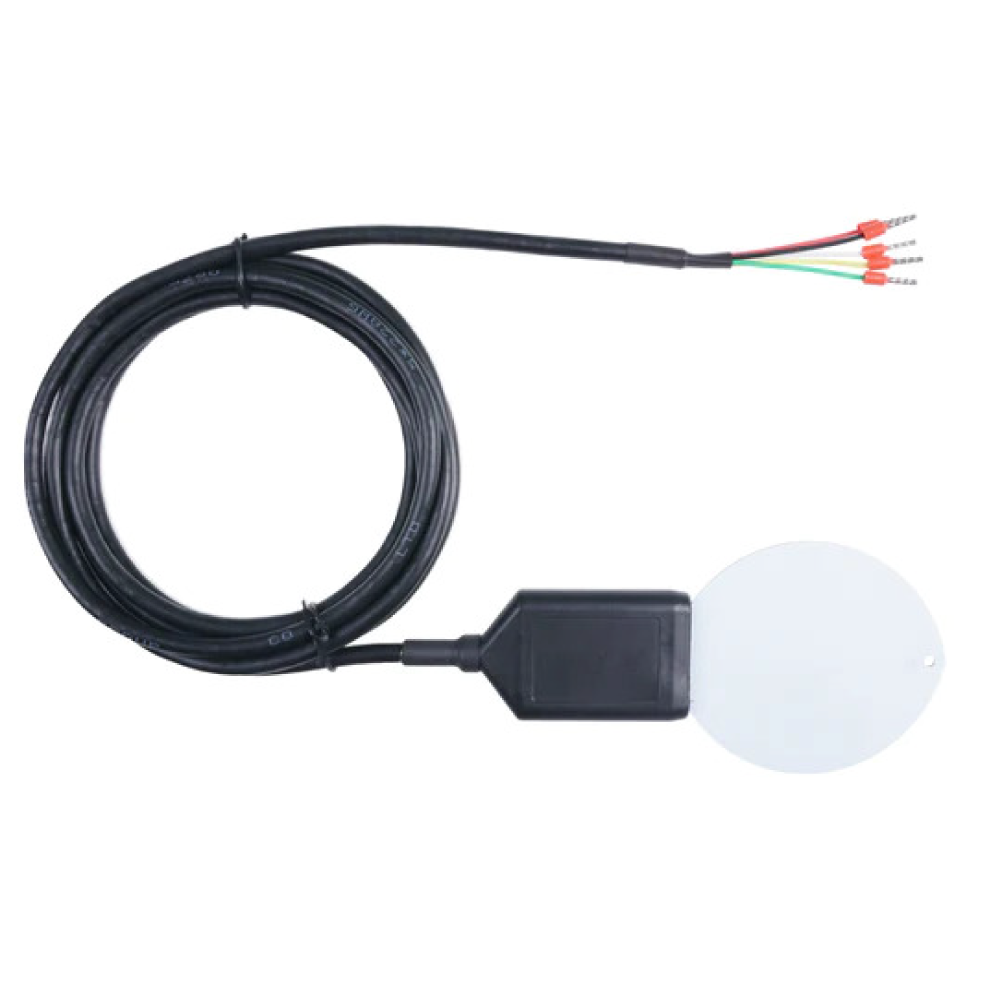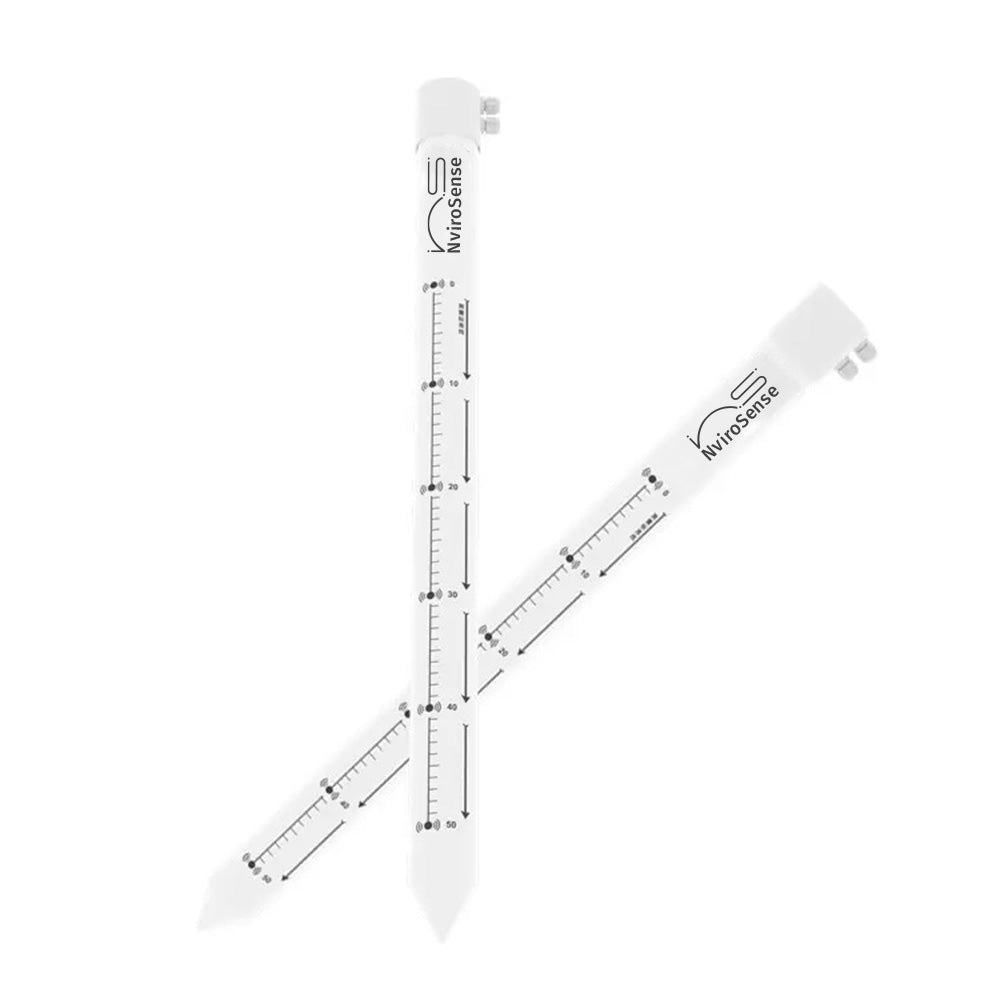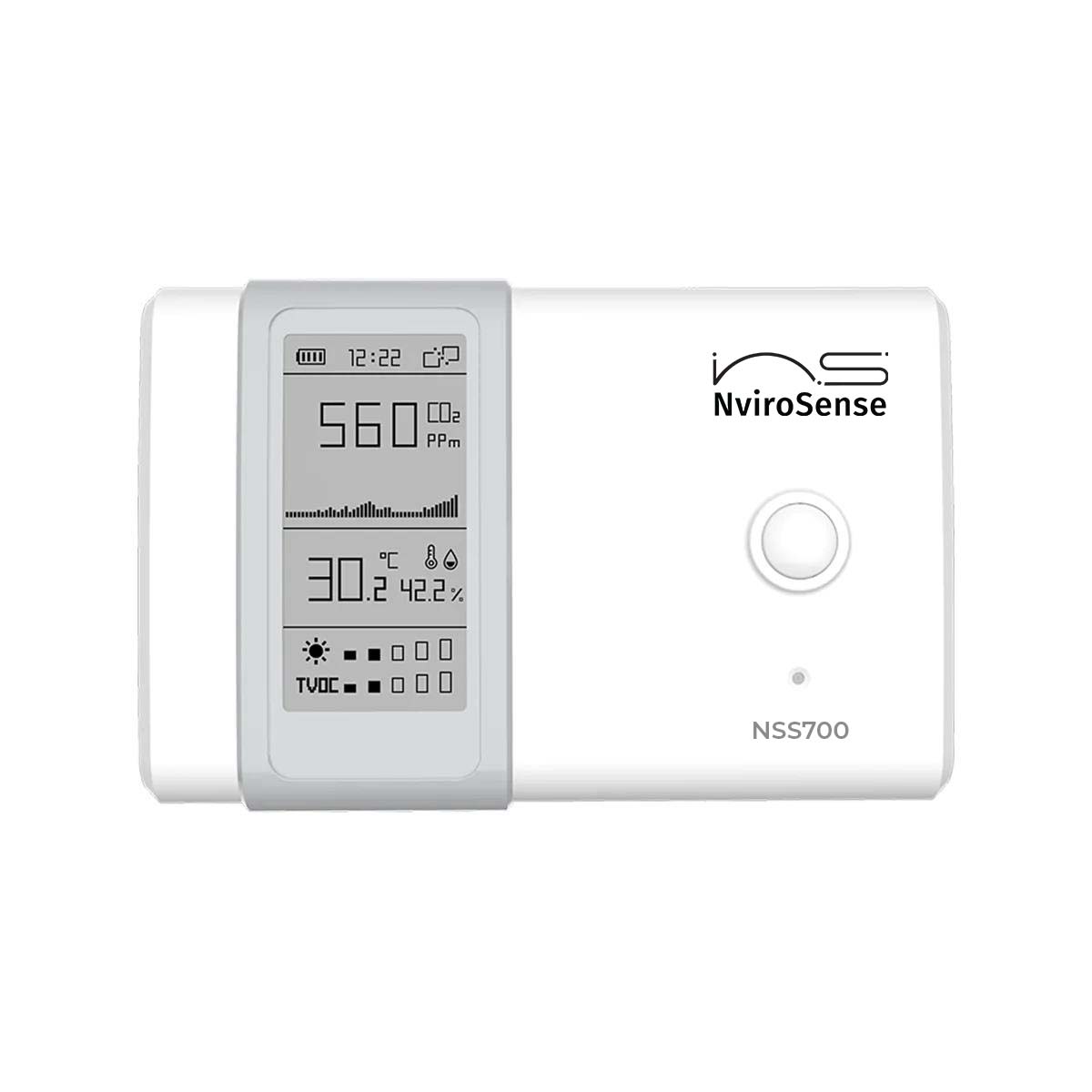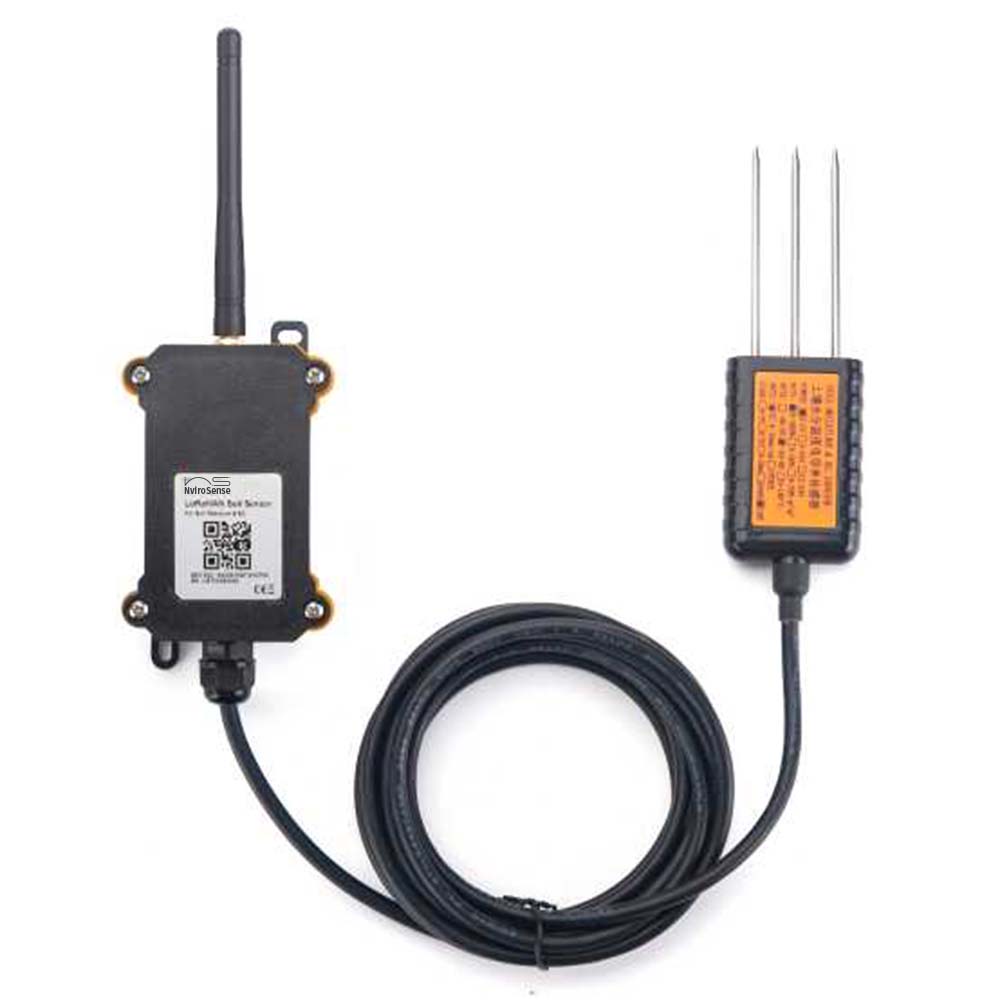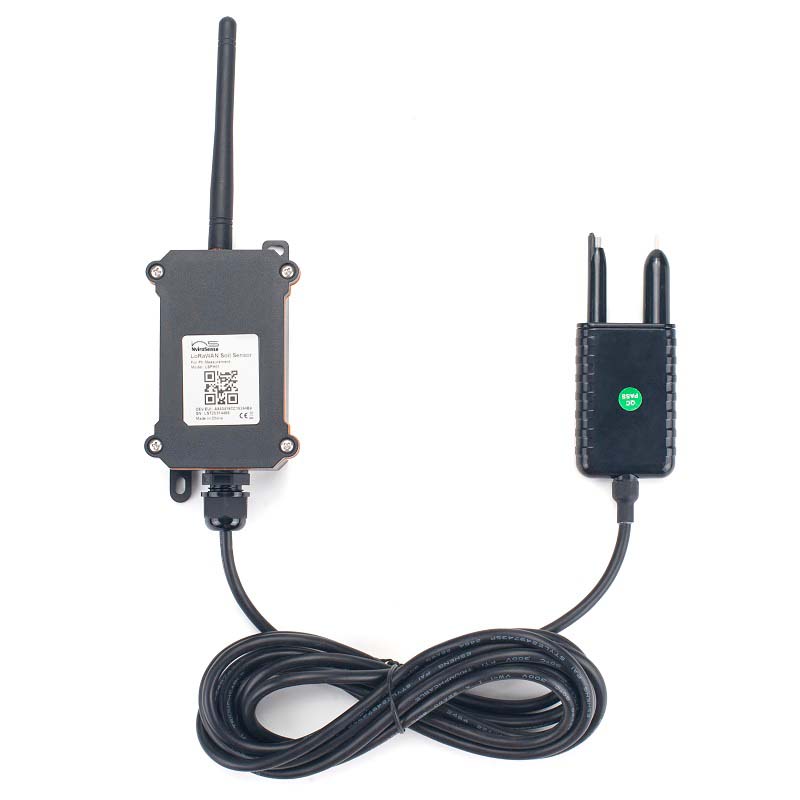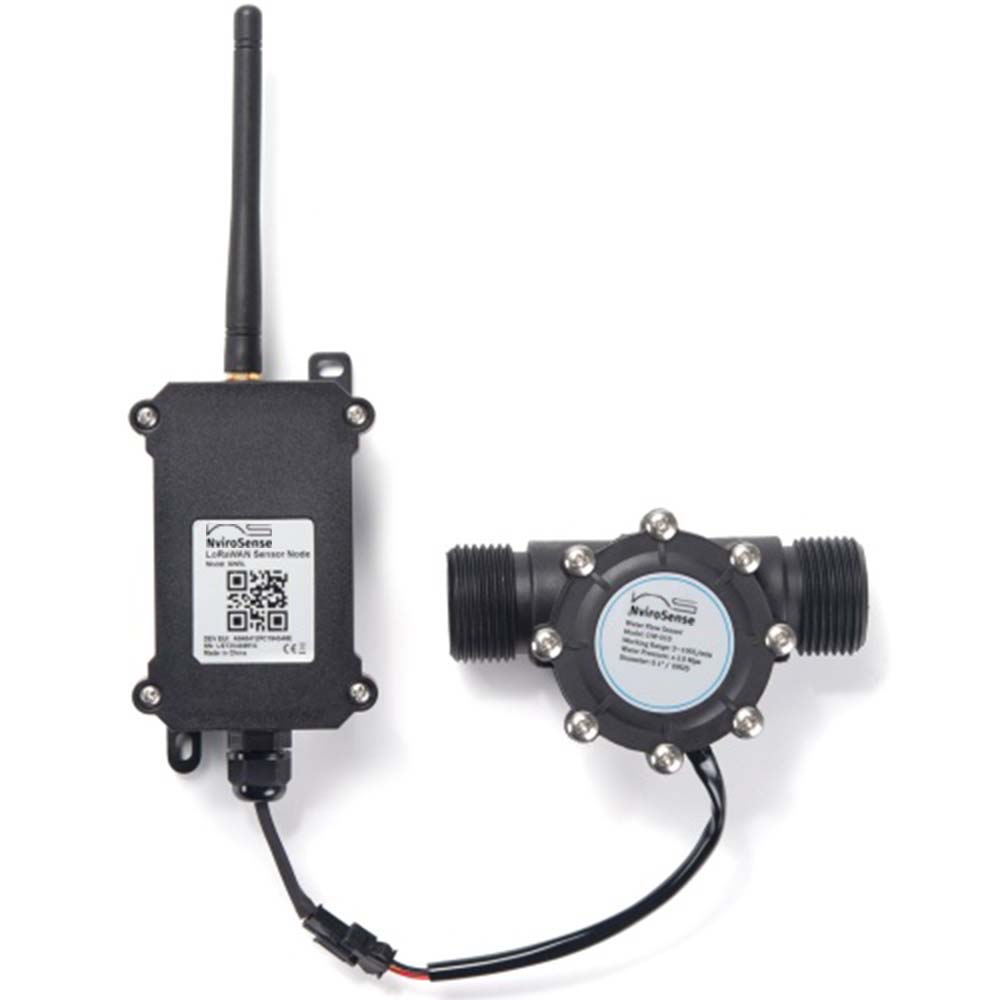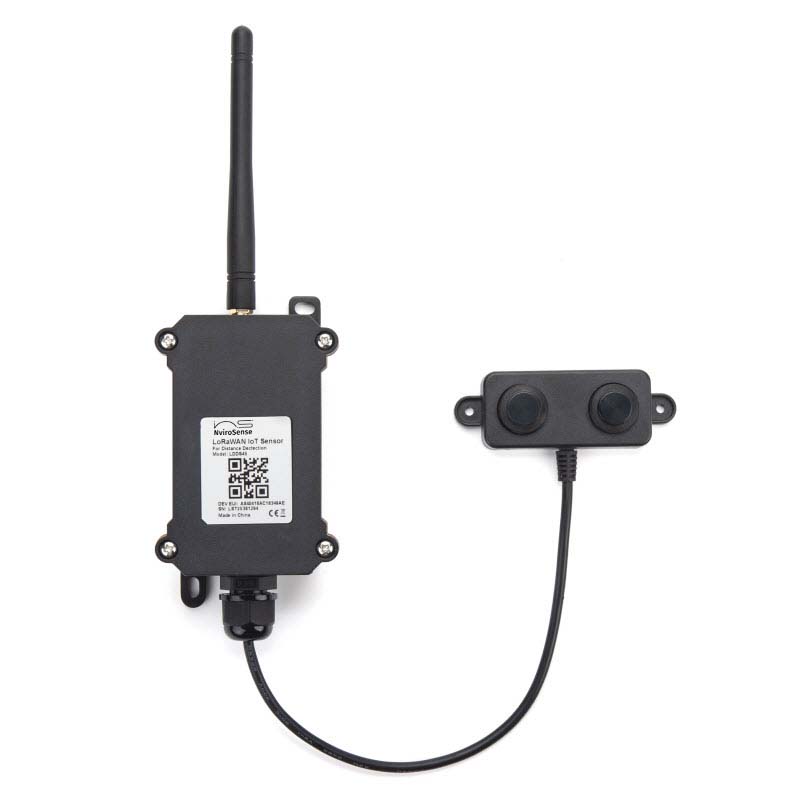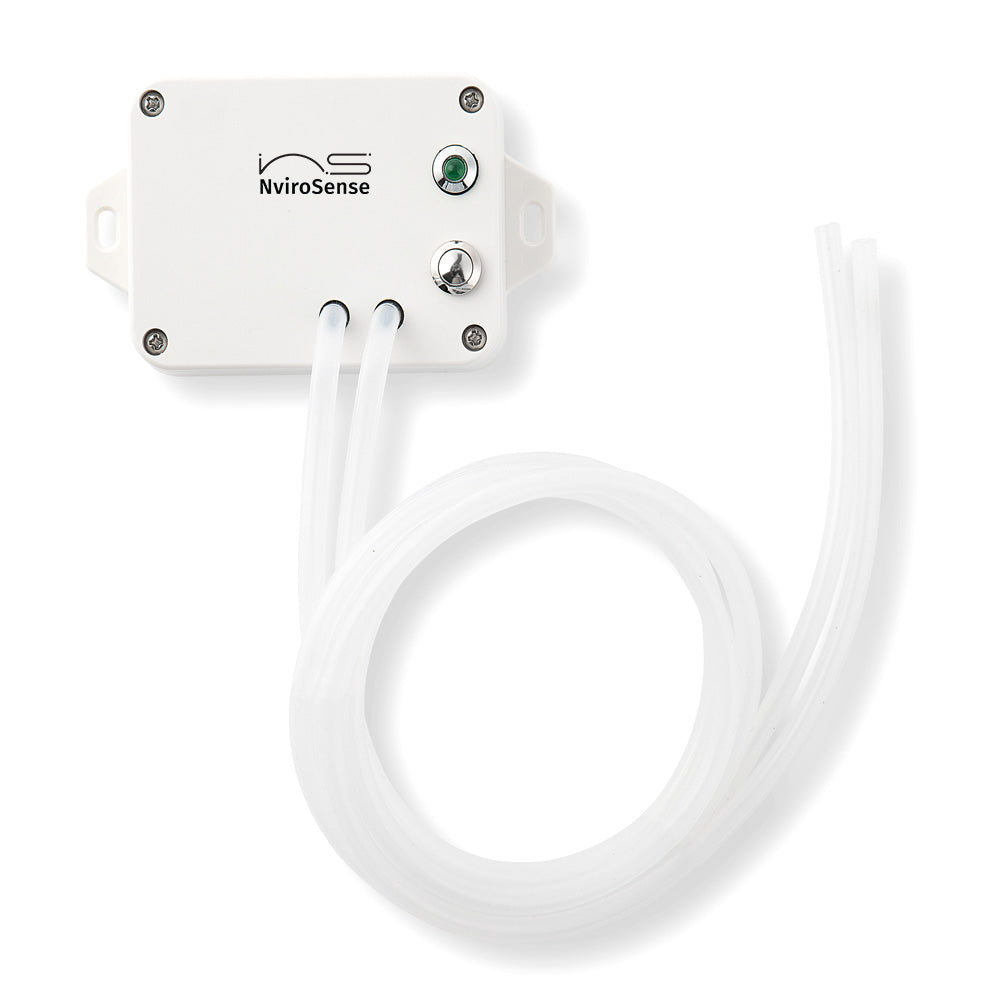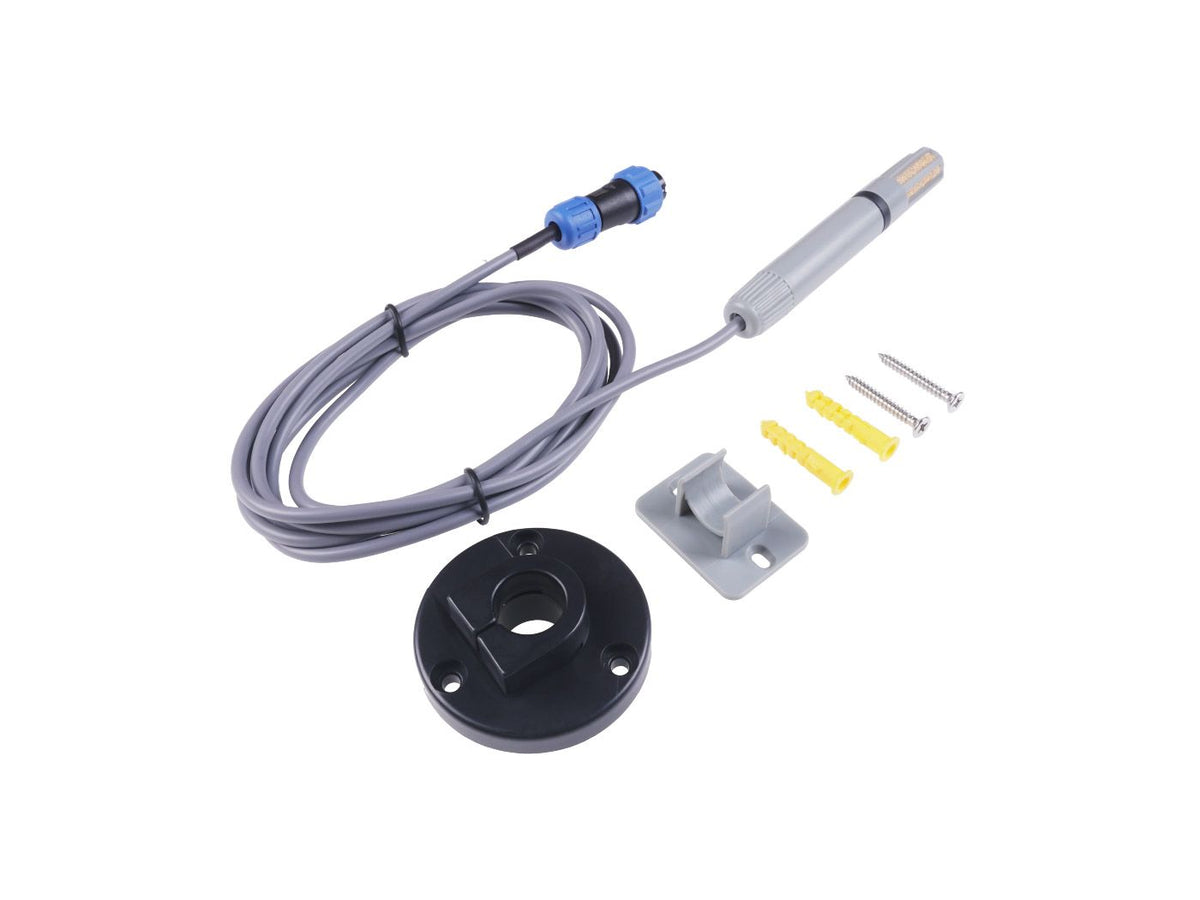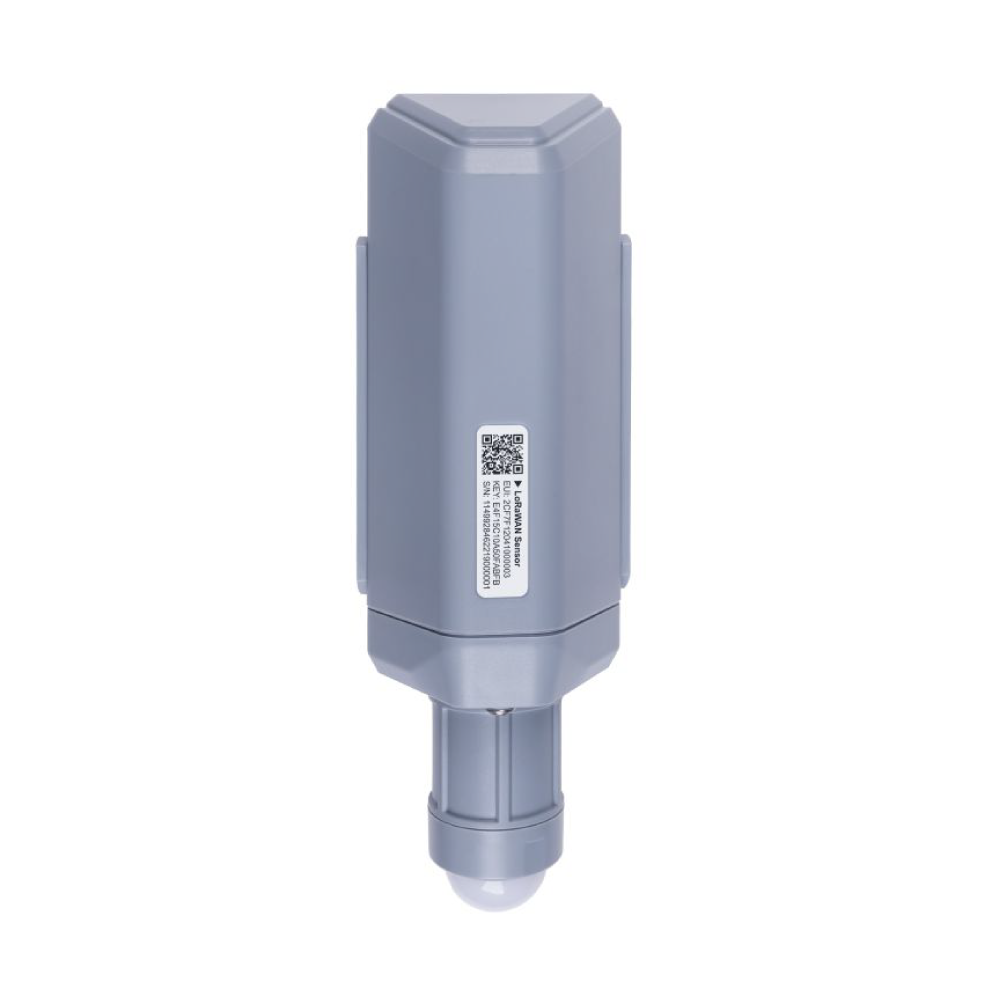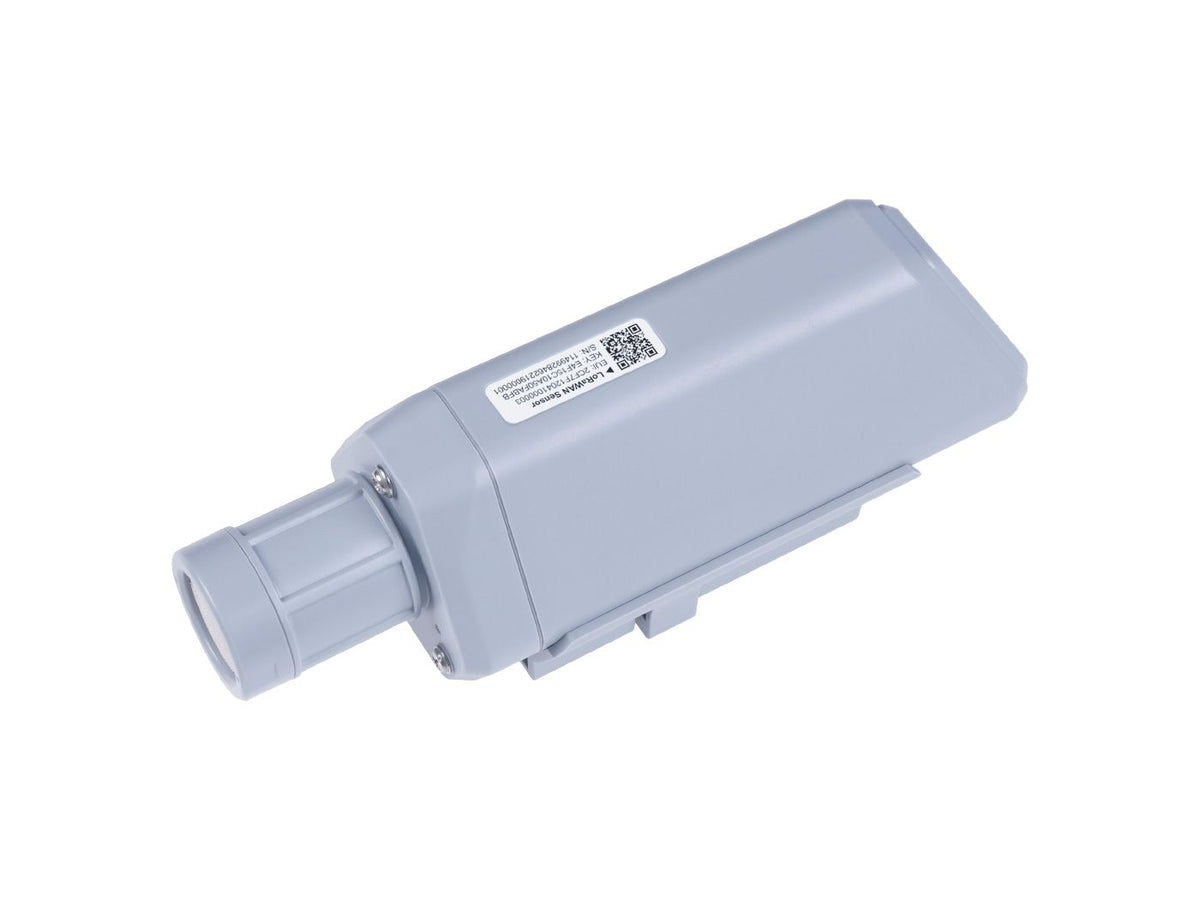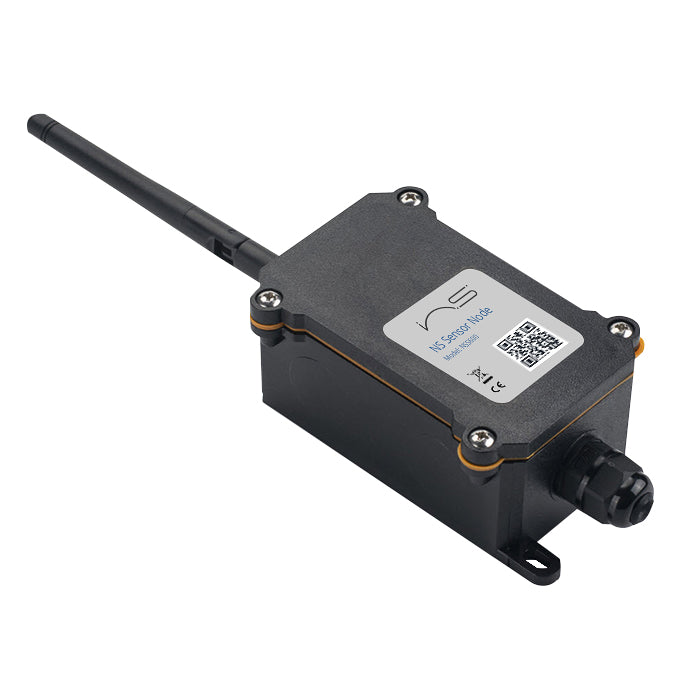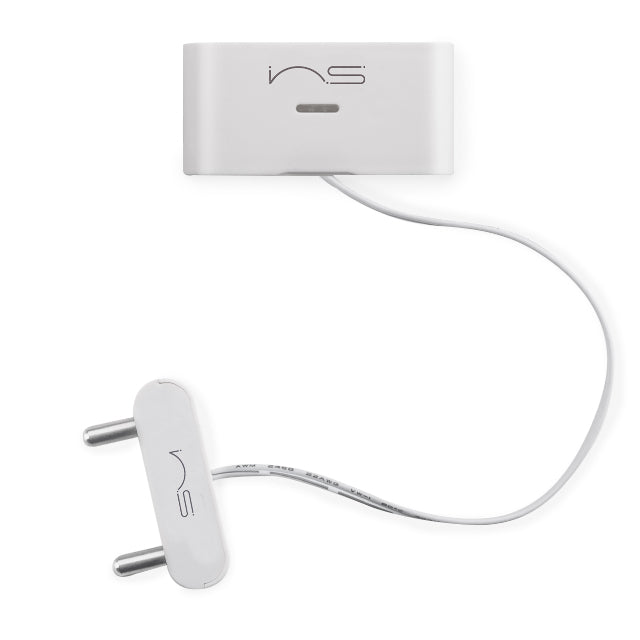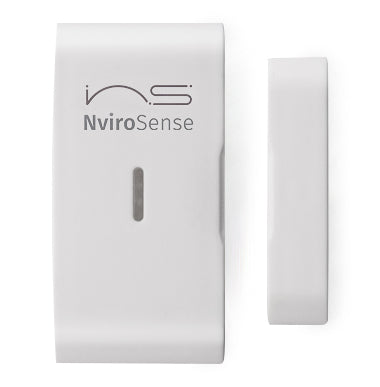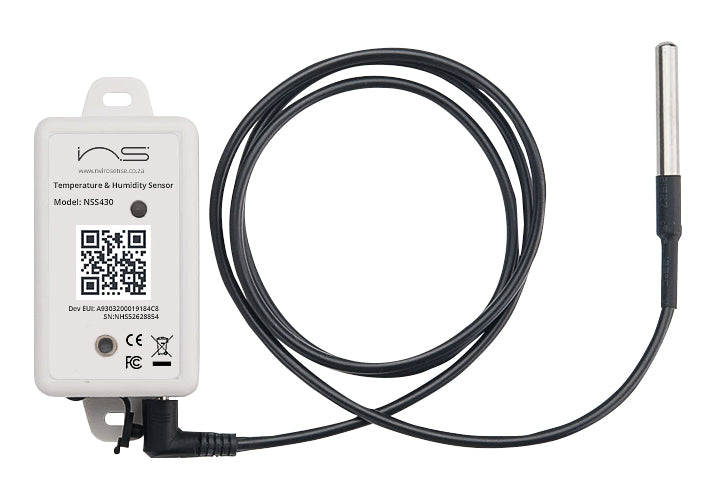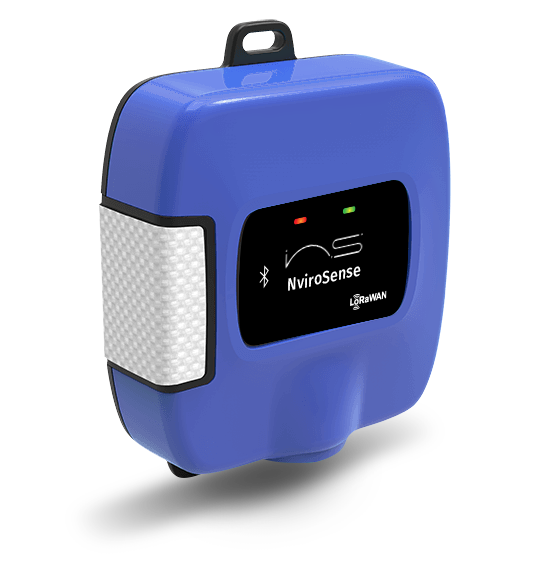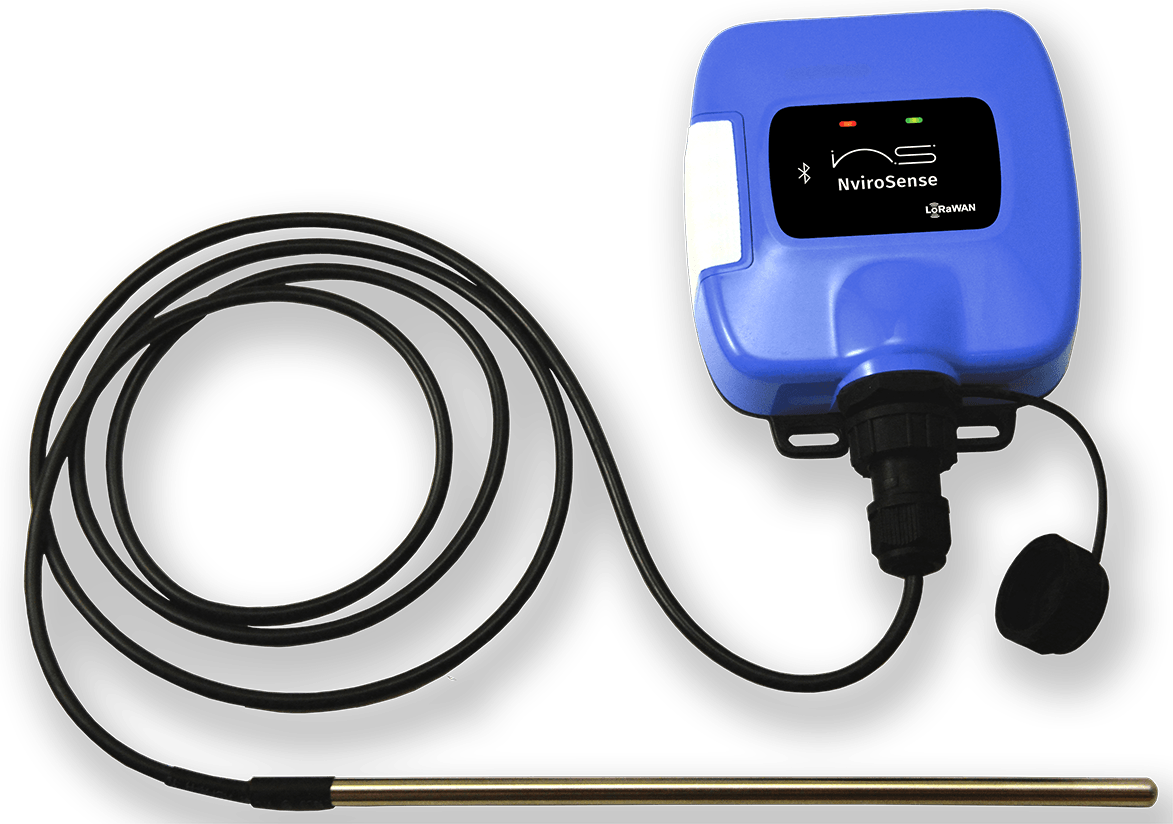Step 1
NS Servers
In the NviroSense system, servers play an integral role, acting as the central hub for processing and managing the vast amounts of data collected from various sensors. Recognizing different organizational needs, NviroSense offers both private and cloud-based server options.
Private servers provide enhanced security and control, ideal for sensitive data, while cloud-based servers offer scalability and ease of access from various locations. Together, these server options facilitate robust data analysis, real-time monitoring, and efficient decision-making within the system, enabling NviroSense to cater to a wide range of industrial and commercial applications.
Step 2
NS Gateways
Gateways in the NviroSense system act as a critical bridge between sensors and the central unit, facilitating the collection and secure transmission of environmental data. Offering both indoor and outdoor gateway options ensures adaptability to diverse monitoring needs. Indoor gateways cater to controlled environments like offices, while outdoor gateways are tailored for harsher settings like agricultural fields. Together, these options enhance NviroSense's efficiency in providing accurate environmental insights.
Step 3
NS Sensors
Sensors are the heart of the NviroSense system, meticulously gathering real-time data on various environmental factors such as temperature, humidity, or pollution levels. Equipped for both indoor and outdoor applications, these sensors are strategically designed to function in specific environments. Indoor sensors might focus on air quality in homes or offices, while outdoor sensors could monitor weather conditions or soil health in agricultural areas. Together, they form a cohesive network that feeds vital information into the system, enabling precise monitoring and informed decision-making.


